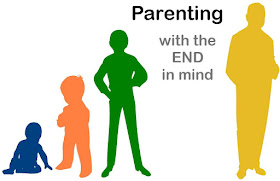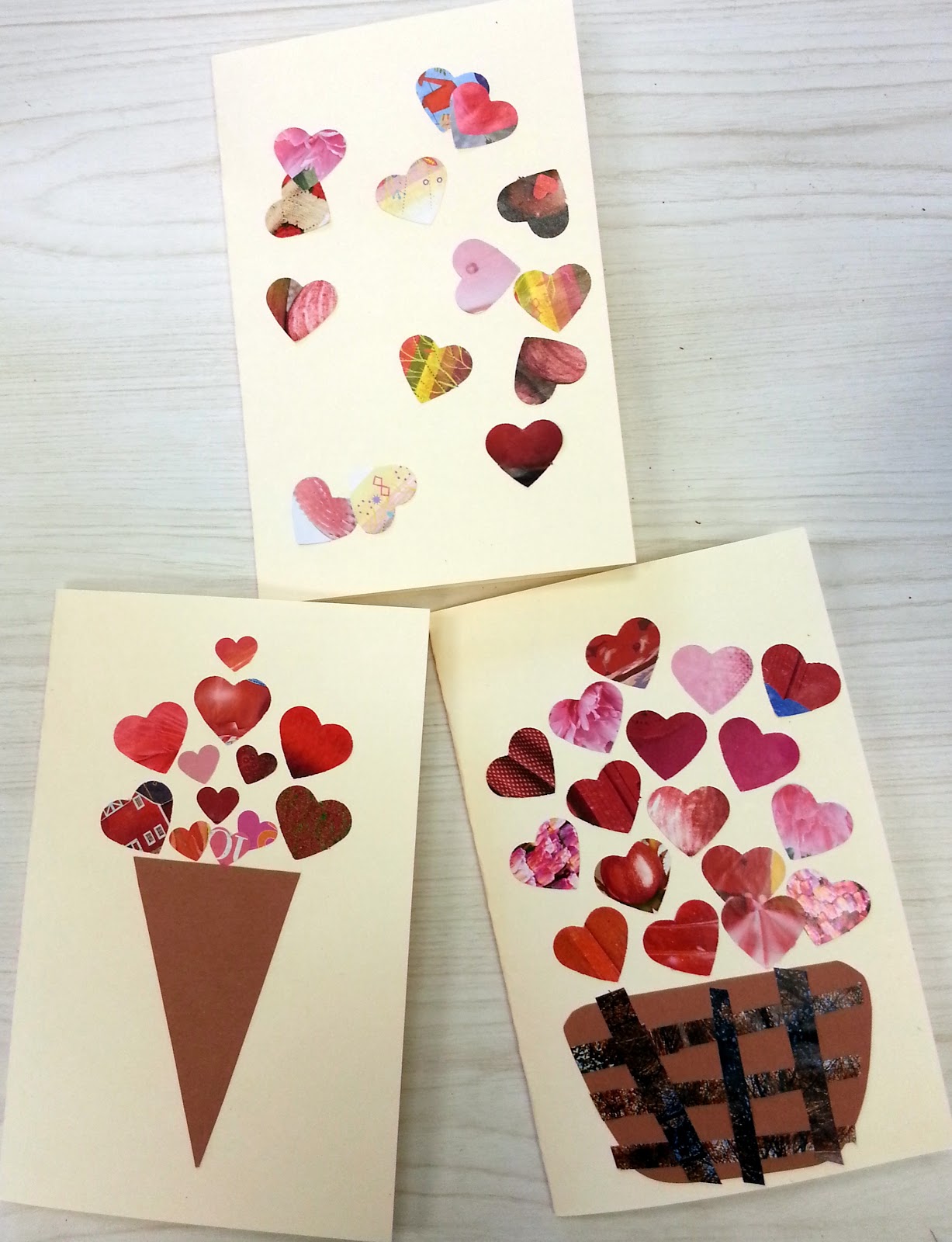In the past the process was called "toilet training". Today, "toilet learning" has become a more popular term because it describes a skill that the child learns like self-feeding or walking. In simpler terms, toilet training is something you do “to” your child and toilet learning is something you do “with” your child.
Don't ask yourself "When should I begin?," but "Is my child ready?"
Readiness
Toilet learning should be a positive developmental process for both child and parents. Since every child is an individual, there is no “right” age by which a child should be using the toilet. However, most childrenhave learned this by 3 1/2 to four years of age. If the child is ready emotionally and physically, toilet learning should take only a few months. Most problems usually occur when adults do not acknowledge the child's lack of readiness. Remember, it is easier to deal with diapers than numerous accidents involving clothing, linens, furniture, or upholstery, when toilet learning is started too early. The child whose parents have treated the acquiring of toilet learning in the same way as any other developmental step, such as walking or talking, is likely to be a comfortable, confident child. Anticipate ups and downs and try to stay relaxed. Your child will learn to use the toilet when she is ready.
Most children show signs of readiness between 18 and 24 months. Toddlers will initiate the process and indicate they are ready in several ways:
They may stay dry for several hours.
They may be able to tell you by sign, word or sound they have to use the toilet.
They may tell you they have urinated or had a bowel movement, verbally or by tugging at their diaper.
They may show an interest in older children using the toilet.
They may show an interest in wearing underwear.
They have mastered walking and the ability to sit down and get up with ease.
Toilet learning needs to be at the child's pace and with their cooperation. Readiness includes having both muscle control and timing. Children must first be able to recognize that they have to go and then control themselves until they get to the bathroom, undress, and sit on the toilet. This can be developed to some extent through trial and error on the part of the child.
NOTE: Any sign of resistance shows the child is not ready and toilet learning should be delayed if it is going to be a positive and successful experience for both child and adult.
There are many ways for you to help your child.
 Most important are the 3 C’s; be casual, confident and consistent. Be gentle and understanding about accidents. Remain calm and undisturbed. You need to make the process fun and offer encouragement, avoiding any pressure or punishment. But don’t set up a system of rewards. Your child should feel in control of the process. Offer encouragement and be supportive. Give hugs and praise her for small successes. And don't make a bigger issue of toilet learning than you do learning in other areas.
Most important are the 3 C’s; be casual, confident and consistent. Be gentle and understanding about accidents. Remain calm and undisturbed. You need to make the process fun and offer encouragement, avoiding any pressure or punishment. But don’t set up a system of rewards. Your child should feel in control of the process. Offer encouragement and be supportive. Give hugs and praise her for small successes. And don't make a bigger issue of toilet learning than you do learning in other areas.
Make sure to dress your child in clothing that they can easily get on and off by themselves. This includes using under pants or training pants instead of diapers.
You should also have a bathroom that is easily accessible to the child and have a potty chair available that lets thechild reach the floor with their feet so they feel secure.
Change your child after accidents; don't leave a child messy and/or wet for punishment.
Don't keep your child on the toilet against their will.
Periodically ask the child if they need to go to the bathroom. Key times would be before and after nap or before outside play.
Teach your child about how the toilet works. This will help with the child's fear of being flushed down with everything else.
Read books about learning to use the toilet or potty chair.
Supporting Toilet Learning at Child Care
All adults involved need to have a strong commitment to working together as partners to help the child with toilet learning. This includes home and child care. Some children, even though they have learned to use the toilet at home, may not be able to use the toilet at their child care until they feel comfortable there. On the other hand, a child may also master toileting more easily when in a family or child care setting where there are other children to imitate - especially if they are near the child's own age.










































